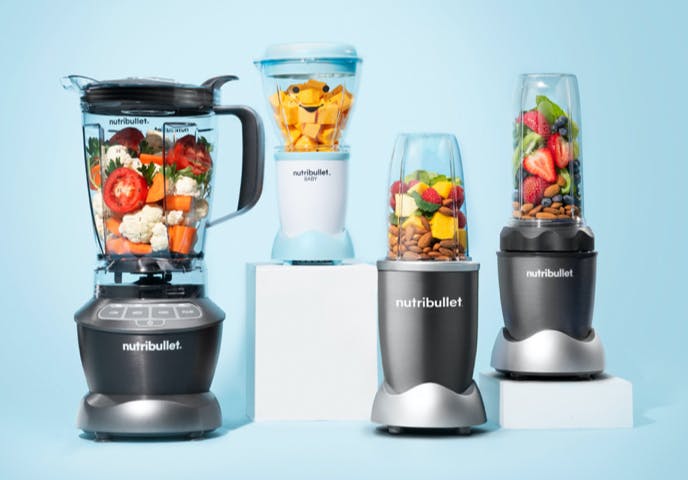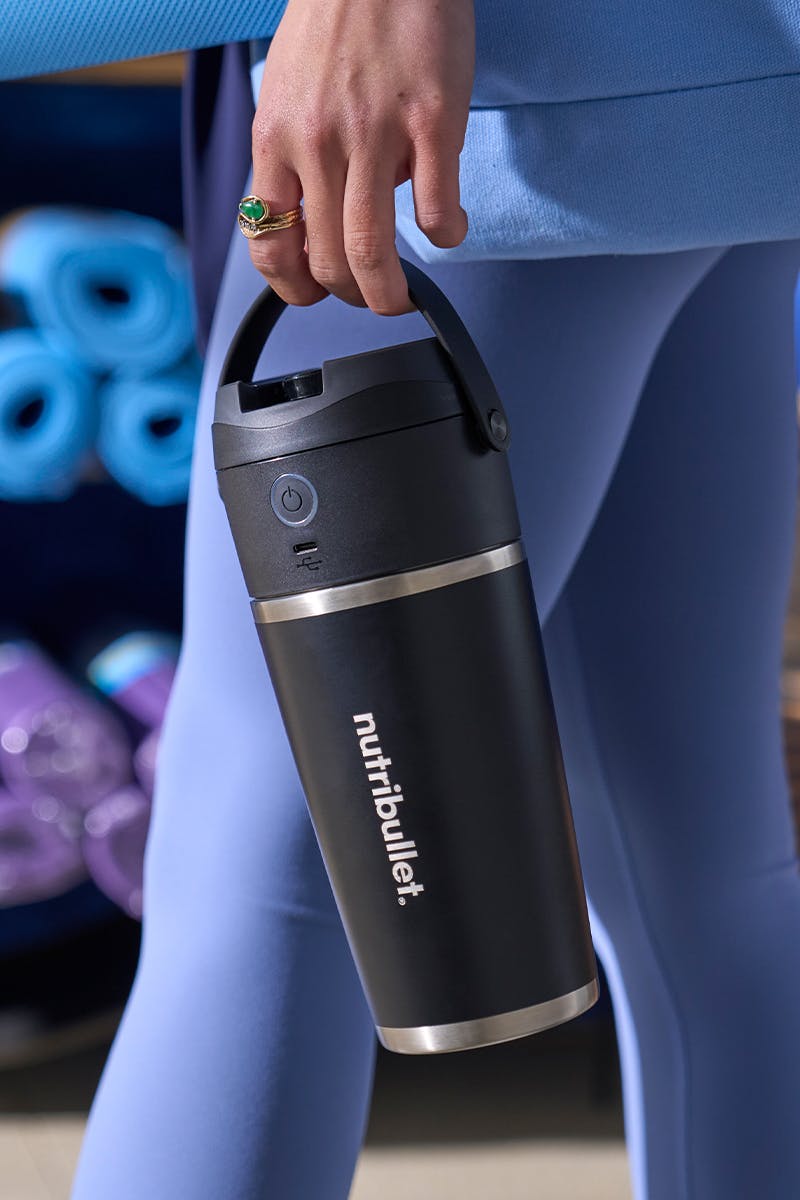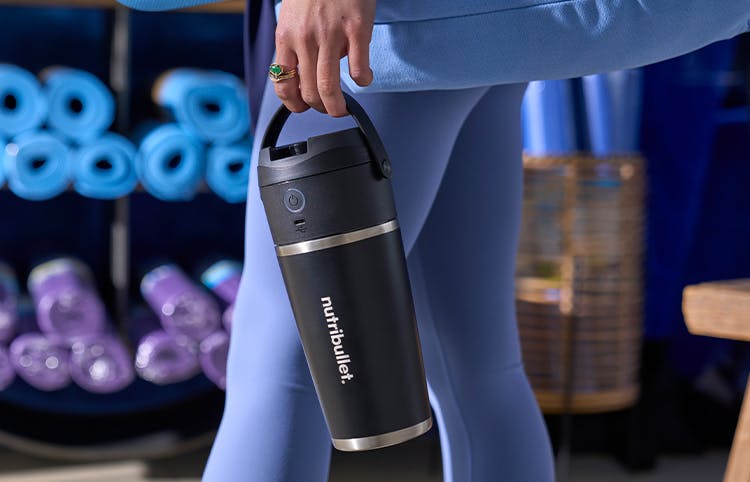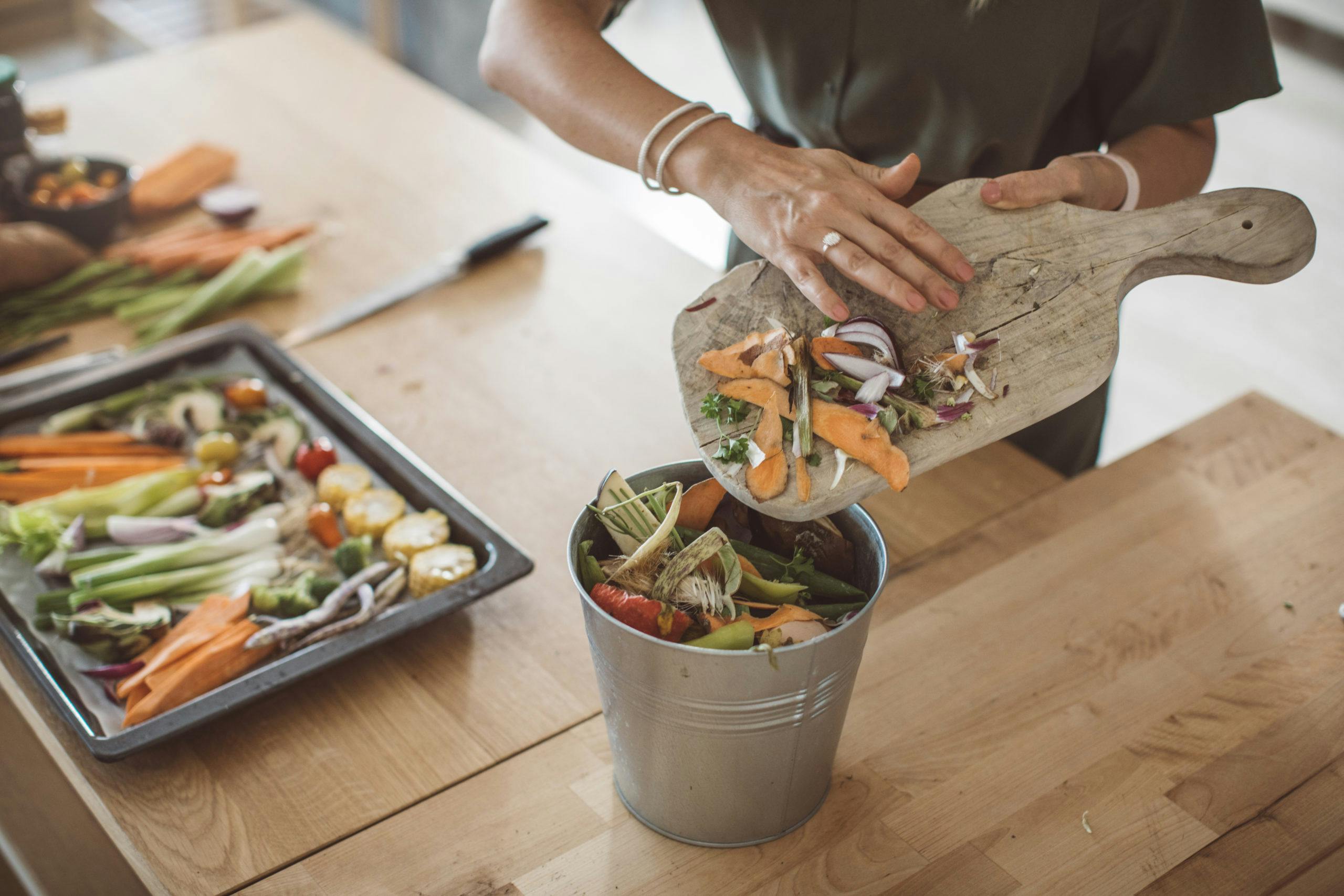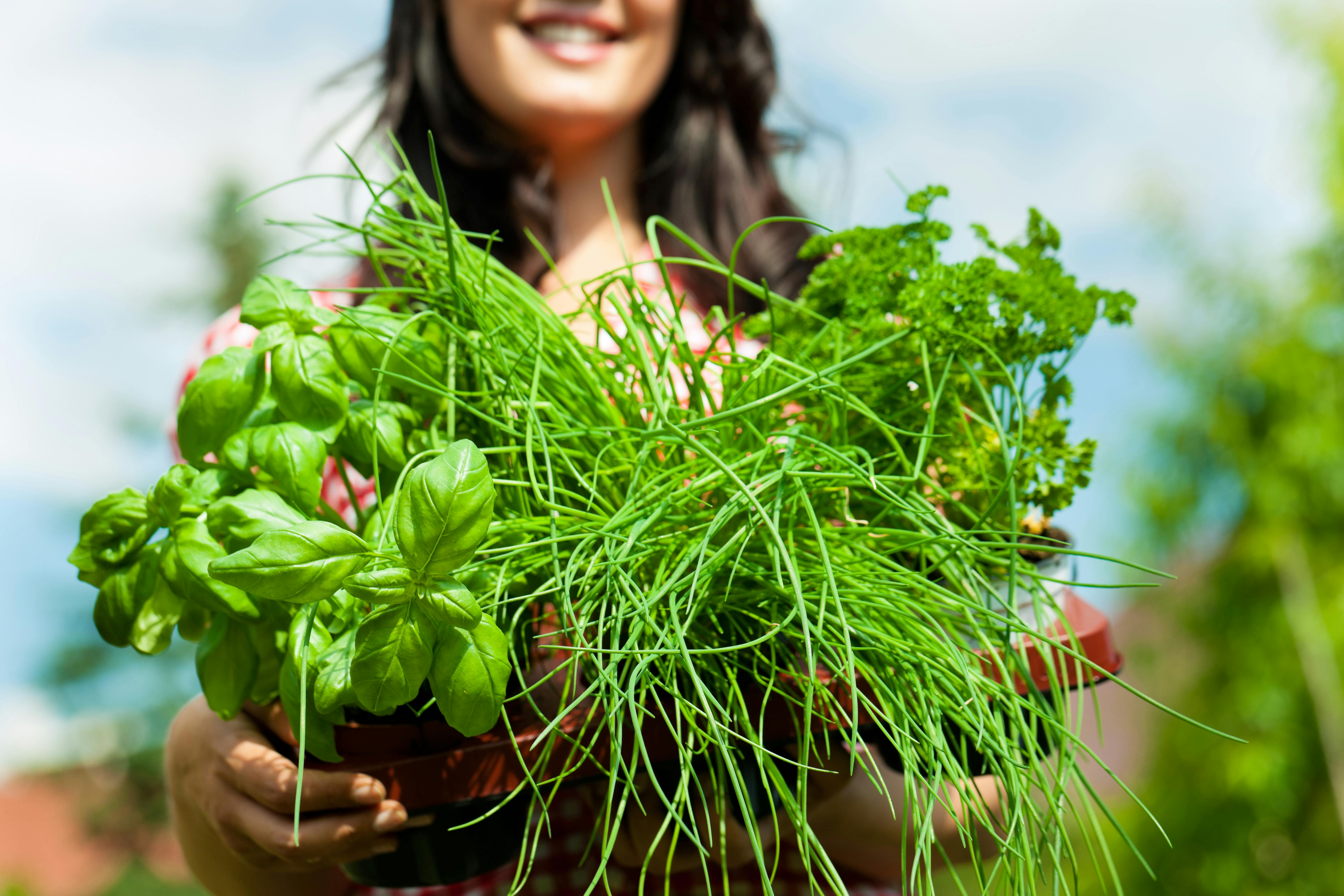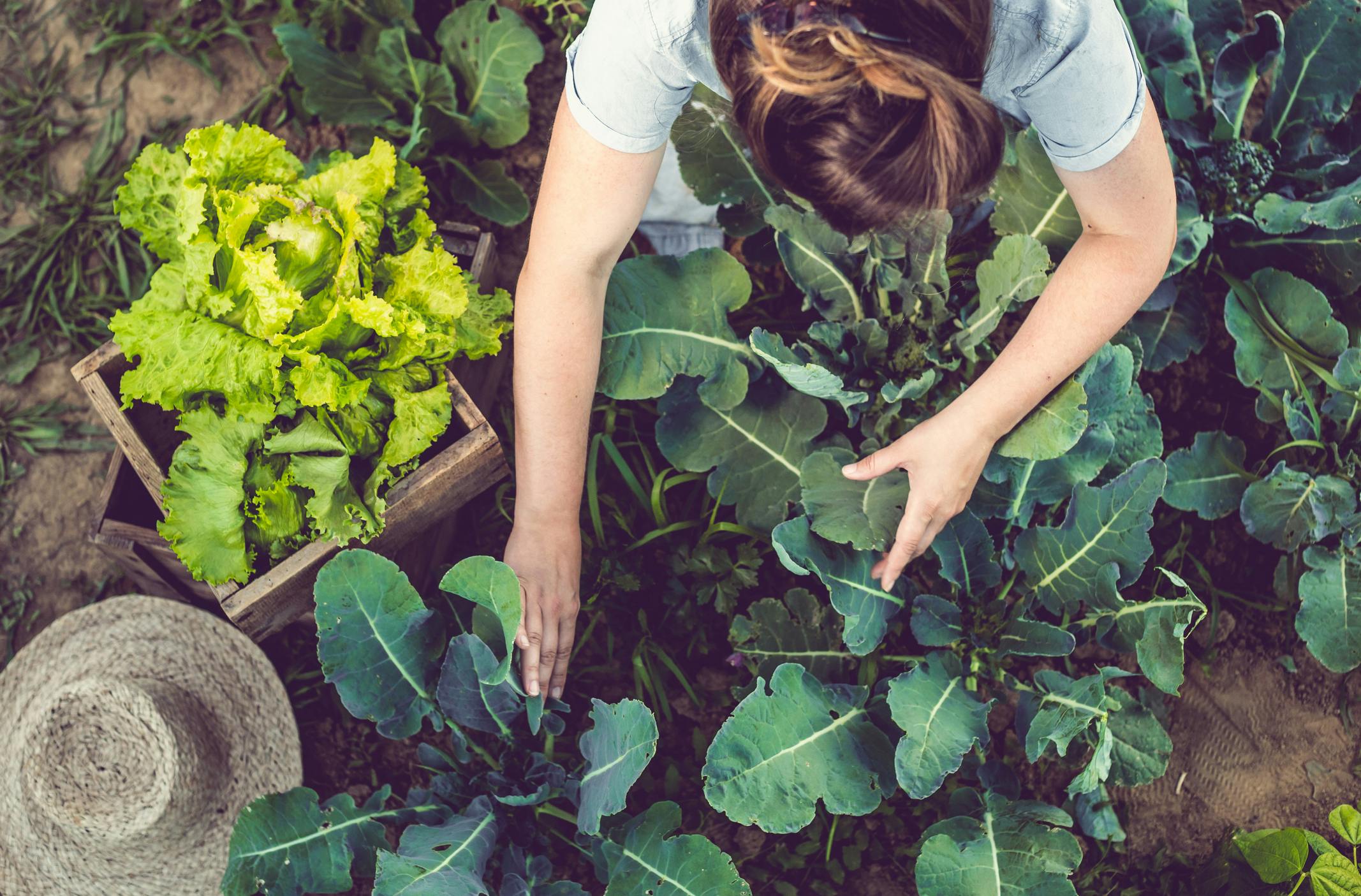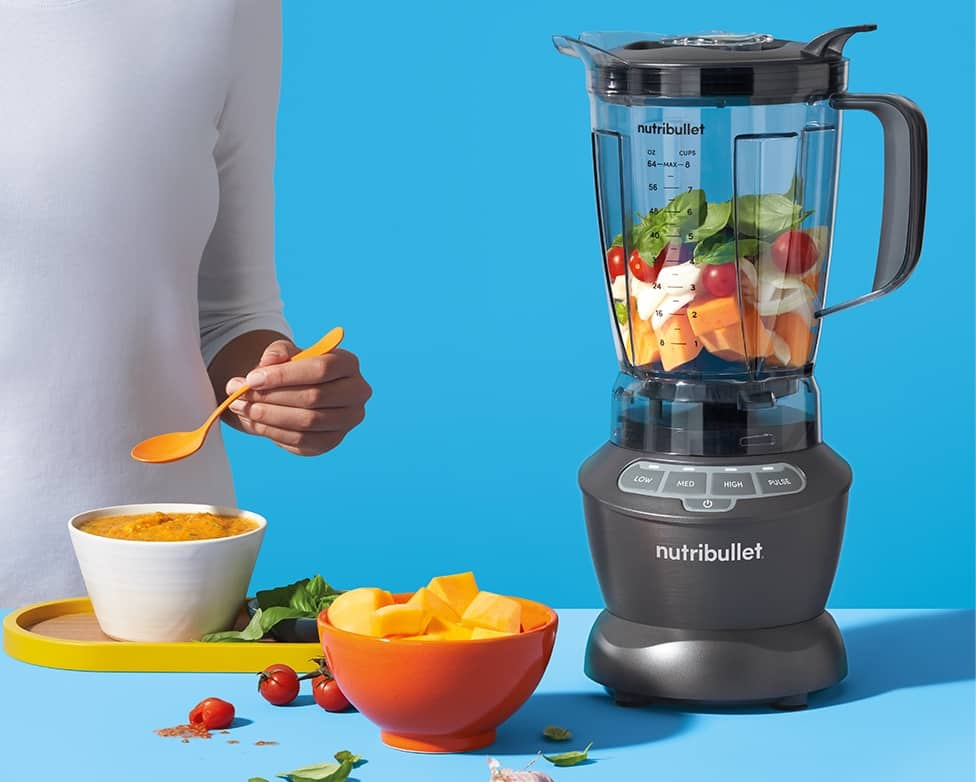In honor of our newest additions to the nutribullet family – the nutribullet Juicer ™ and the nutribullet Juicer Pro ™ – we’re answering our most frequently asked questions about juicing! At nutribullet, we pride ourselves on making nutrition fun and simple for all, and we are thrilled about these new products to help people enjoy nutrient-rich foods and beverages in new ways!
What is juicing?
Juice extraction, or juicing, is extracting the nutrient-rich liquid from whole fruits and vegetables using a juicer like the nutribullet Juicer ™ or nutribullet Juicer Pro™. The “by-product” of juicing is the pulp, which is a rich source of fiber and can easily be incorporated into all sorts of tasty recipes.
Are there different types of juicers?
There are a few main types of juicers: centrifugal juicers, masticating juicers, and citrus juicers. The nutribullet Juicer ™ and the nutribullet Juicer Pro ™ are centrifugal juicers. They use a spinning sieve at a fast speed to quickly make juice from whole fruits and vegetables. Both models are easy to set up and clean, and the large chute means minimal prep work to make your juice. If you’re a juicing novice, we recommend the nutribullet Juicer ™. The nutribullet Juicer Pro™ is a great option if you plan on juicing primarily tough ingredients (think: carrots, beets, and ginger) and would like to make larger batches of juice.
Are juices better than smoothies?

A combination of both juices and smoothies as part of a healthy, active lifestyle can support anyone in attaining their health goals! The ingredients used for juices are primarily fruits, vegetables, and spices. Smoothies, on the other hand, often incorporate additional ingredients such as seeds, nuts or nut butters, protein powders, oats, yogurt, tofu, and more. Because of their nutrient profile, smoothies may serve as a meal replacement or snack, while juices are not suitable for meal replacements.
What is the main difference between juicing and blending?
While juicing separates the pulp and skin from the liquid in fruits and veggies, blending retains the skins and pulp. This means that blended beverages, or smoothies, are higher in fiber than juices. A blender can also be used to make dips, sauces, cocktails, nut butters, soups, and other condiments in addition to smoothies.
What ingredients should I juice in the juicer?
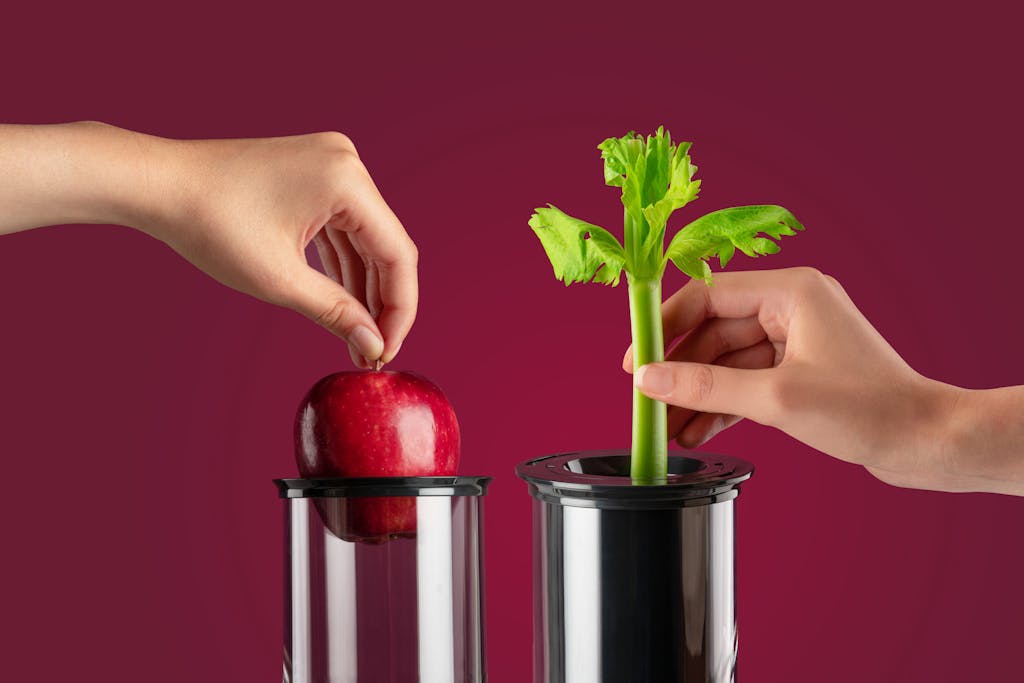
Fruits and vegetables with high water content are the best ingredients for juicing. The most popular produce items to juice are apples, carrots, celery, oranges, and spinach. Runner-ups include beets, cucumber, kale, lemons, limes, pineapple, pears, grapes, tomatoes, and watermelon.
Prior to juicing, you’ll want to prepare fruit and veggies before inserting them into the juicer. You can do this by doing the following:
- Properly clean produce.
- Peel or remove the skin as needed.
- Remove rind from all citrus fruits before juicing.
- Remove large pits and seeds from stone fruits before juicing.
- Chop food items down to the right size – just small enough to fit easily into the feed chute without having to force the pieces down with the Food Pusher.
What ingredients should not be juiced in the juicer?
Avoid foods that do not contain juice to extract (for example, bananas or avocados), frozen fruits or vegetables, and stone fruits or other fruits or vegetables that have large pits or seeds that have not been removed. Stone fruits, such as peaches and plums, may be used only if the pit or seed has been removed.
What do you do with the pulp?
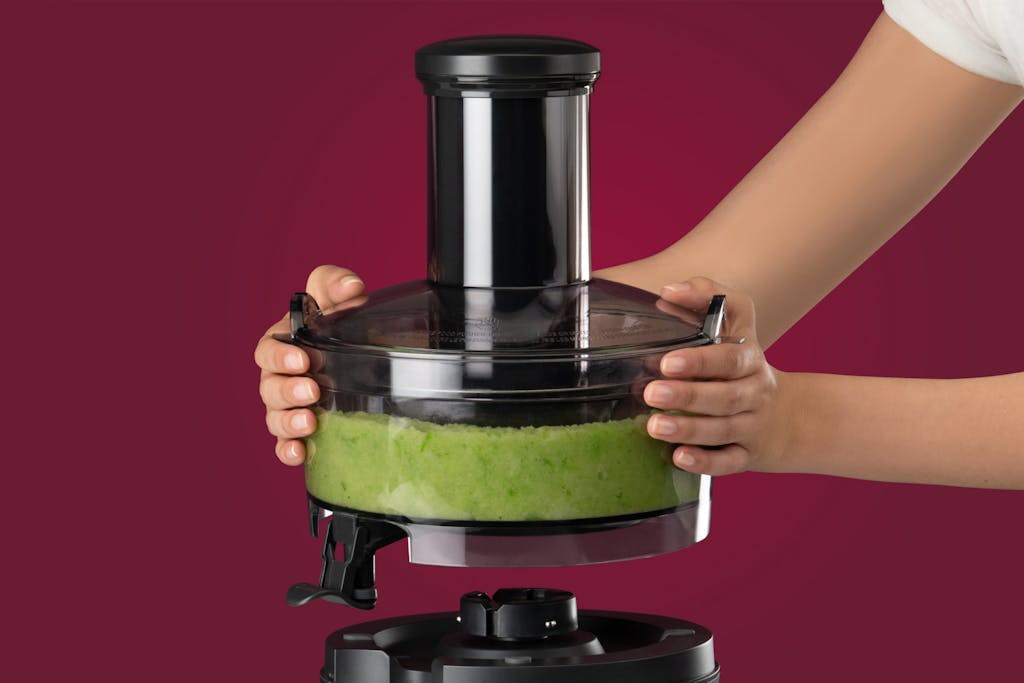
Instead of composting or throwing away the pulp left over after juicing, you can choose to consume it. This ‘by-product’ of the juicing process is a fiber goldmine, and it’s super easy to incorporate into all sorts of delicious (and healthy!) recipes.
To reap its benefits, empty the contents of your pulp basin into an airtight container after juicing, seal, and refrigerate or freeze for future use. If refrigerating the pulp, it’s best consumed within 48 hours. It can be blended into smoothies, stewed as a base for broth, and mixed into dips — the possibilities are endless.
Can I juice frozen ingredients?
No, do not juice frozen fruits or vegetables in nutribullet Juicer ™ or nutribullet Juicer Pro ™.
Are juice detoxes or cleanses good for your health?
Detoxification or cleansing is a process your kidney and liver perform around the clock naturally. While we do not advocate for cleanses on juice alone, drinking nutrient-rich juice alongside balanced meals and snacks does help to support your body’s natural detox system. Fruit and veggie-filled juices help to supply your body with antioxidants, phytochemicals, and essential vitamins and minerals while also promoting hydration.










